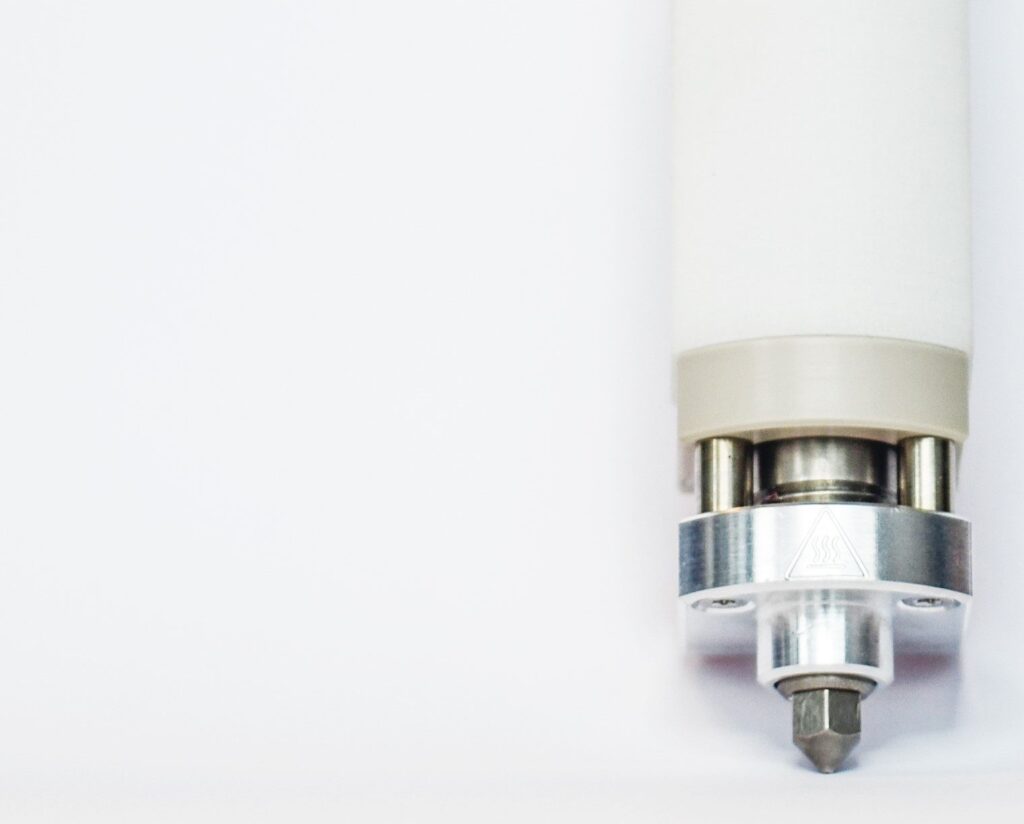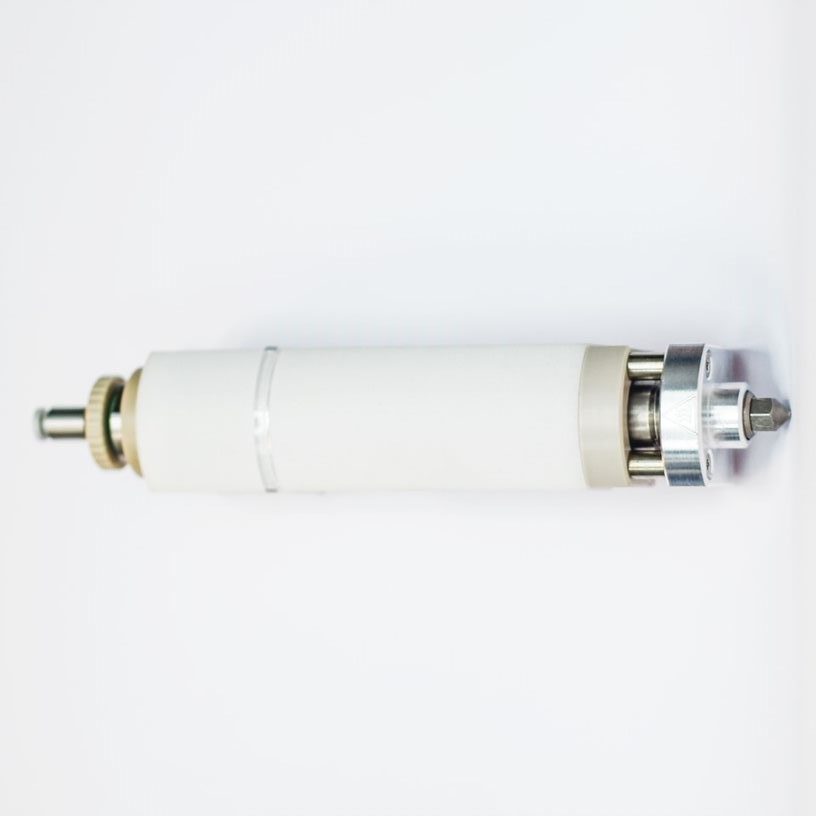Thermoplastics
Aim
Products used:

PCL
Polycaprolactone (PCL) is a biodegradable polyester that has found wide application in the medical field. PCL is hydrophobic and semicrystalline in nature, with decreasing crystallinity as the molecular weight of the polymer increases. Furthermore, the material exhibits a low melting point of around 60 °C. Additionally, the polymer can be mixed with other thermoplastics to generate blended materials. During the synthesis of PCL, different groups can be incorporated during co-polymerization. For example, this allows for modulation and acceleration of the degradation kinetics from 2-4 years (molecular weight dependent) in the pure PCL polymer to more rapid through the incorporation of lactones, or lactic or glycolic acids groups. Regardless, this thermoplastic has great flexibility in both drug delivery and as a scaffolding material for bioprinted constructs.
- Printing temperature: 180° C.
- Compatible nozzles: 0.2 to 0.6 mm.
PLA
- Printing temperature: 195° C.
- Compatible nozzles: 0.2 to 0.6 mm.
PLGA
- Printing temperature: 135° C.
- Compatible nozzles: 0.2 to 0.6 mm.
Thermoplastic printhead






